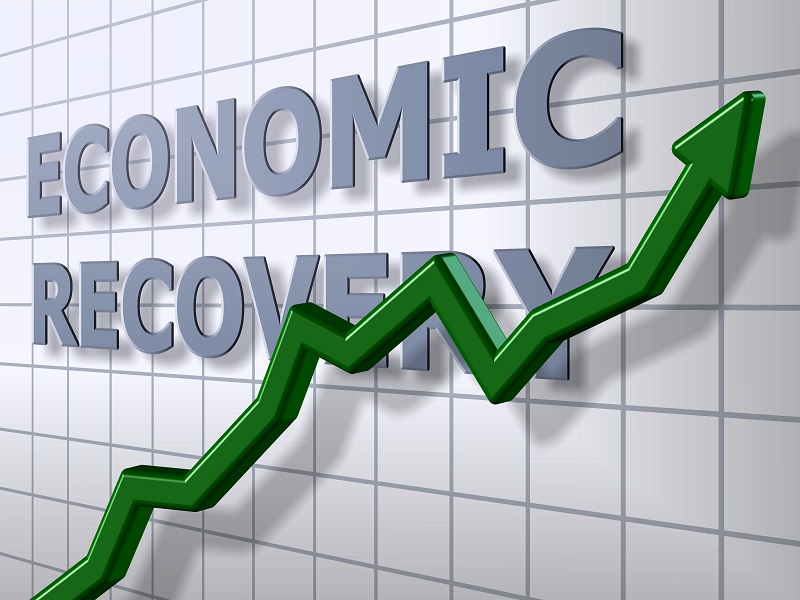EXPECTED ECONOMIC RECOVERY
EXPECTED ECONOMIC RECOVERY

If 2020 was the year when Covid hit India and 2021 was the year when India’s economy recovered from that shock, then 2022 should be the year that will provide a snapshot of the economy as it is coming out of the Covid impact. It can then be compared with how the economy was in 2019 to figure out what has changed and what needs policy attention.
By the end of the financial year 2021-22, India’s GDP is expected to come back to the pre-Covid level . India is following K-Shaped recovery.
K-shaped recovery
- What it means – some sectors/ sections of the economy have registered a very fast recovery, many are still struggling.
- Who did well – firms that were already in the formal sector and had the financial wherewithal to survive the repeated lockdowns and disruptions.
- 90% of all employment in India happens in the informal sector. When the medium, small and micro enterprises (MSMEs) lose out to their counterparts in the formal economy, it results in the same GDP being produced with fewer people in jobs.
CHALLENGES TO RECOVERY
Unemployment concerns
- Stagnant employment situation over the past many years.
- Easing of the situation will require time
- It requires the government to actively act in a manner that tries to address the change of shift introduced by Covid.
- Persistently high levels of unemploymentcan pose a challenge for social cohesion. As we witnessed in Haryana and Jharkhand, locals may demand laws to bar migrants from other states.
Private consumption slump : Private consumption expenditure is the biggest engine of GDP growth in India. It accounts for over 55% of all GDP. To a great extent, it is down because of job and income losses
Widening inequalities
- Oxfam India report detailed how Covid was widening existing inequalities
- World Inequality Report pegging India as one of the worst performers
- India stands out as a poor and very unequal country, with an affluent elite
- While the top 10% and top 1% held respectively 57% and 22% of total national income, the bottom 50% share had gone down to 13%.
Rising poverty : A recent study has found that between 2012 and 2020, India witnessed an increase in the absolute number of poor — the first such reversal in poverty alleviation since Independence.
Persistently high inflation
- Typically, there tends to be silver lining in phases when an economy is failing to create many jobs: The inflation rate stays low.
- Higher crude oil prices and high domestic taxation, supply bottlenecks in different commodities, both retail and wholesale inflation stayed too high.
WHAT FACTORS DECIDE RECOVERY IN UPCOMING YEARS
OMICRON
- Expectation of 2022 completely depends on the assumption that the Omicron variant does not lead to any substantial loss of life and/or economic disruption.
- If adverse events happen, concerns about lives will yet again dominate those about livelihoods.
- A lot may depend again on the pace of vaccination — including the booster doses.
UNION BUDGET
- In times of such upheaval, the Budget is more than just an accounting exercise.
- Government would be expected to lay out its plan to tackle high unemployment, high inflation, widening inequalities and rising poverty levels
- Lot depends on how the government sees the economic situation
ELECTIONS: Policymaking can be impacted by electoral pressures
NPAs
- Before Covid disrupted India’s economy, high levels of non-performing assets (NPAs) were one of the biggest stumbling blocks.
- During Covid, mandatory asset quality reviews have been suspended. But when they are re-started in 2022 they may jump high.
EXTERNAL FACTORS: Several key central banks, especially the US Fed, have started tightening their monetary policy in light of the high inflation in the developed countries. This, in turn, will force India’s RBI to raise interest rates as well.

